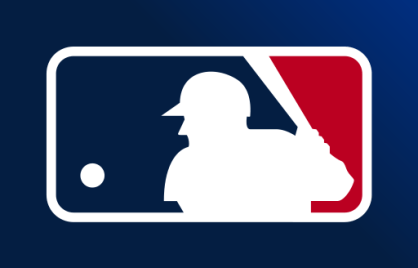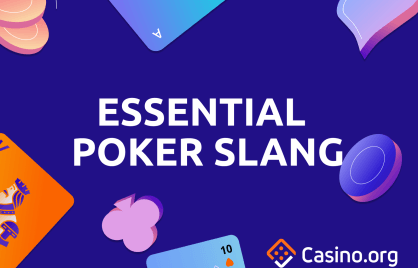Just Play Your Best: Turning Cliché Poker Advice Into a Real Game Plan

Summarize this post
- Defining Your Best: Learn how to break down what “your best” means in terms of specific actions, strategies, and mindset at the poker table.
- Measurable Habits: Discover the importance of identifying measurable habits and skills that contribute to consistent performance and improvement in your game.
- Turning Theory into Practice: Understand how to translate vague advice into actionable strategies that you can implement during your play.
- Framework for Consistency: Explore how establishing a clear framework for your poker approach leads to greater consistency and gradual growth in your skills.
- Building a Personalized Game Plan: Gain insights on creating a customized game plan that aligns with your unique playing style, enhancing your ability to make informed decisions at the table.
You’ve probably heard it before—maybe from a friend wishing you luck before a poker tournament or another player offering encouragement after a tough beat: “Just play your best.”
On the surface, it sounds like solid advice. But if you’ve ever been on the receiving end of it, you know how empty it can feel. What does it even mean? If you’re in the middle of a brutal downswing, staring at yet another missed flush draw, “just play your best” can feel more like a taunt than a strategy.
Take the player who busts short of the money in a live event after hours of disciplined play. A well-meaning buddy says, “Don’t worry, just play your best next time.” Or think about an online grinder who’s been running bad for weeks. Telling them to “play their best” without any roadmap for how to do it isn’t just unhelpful; it risks adding to their frustration.
The truth is, “just play your best” becomes useful only when you define what “your best” actually looks like at the table. Once you break it down into specific, measurable habits, it transforms from a vague cliché into a robust framework for consistency and growth.
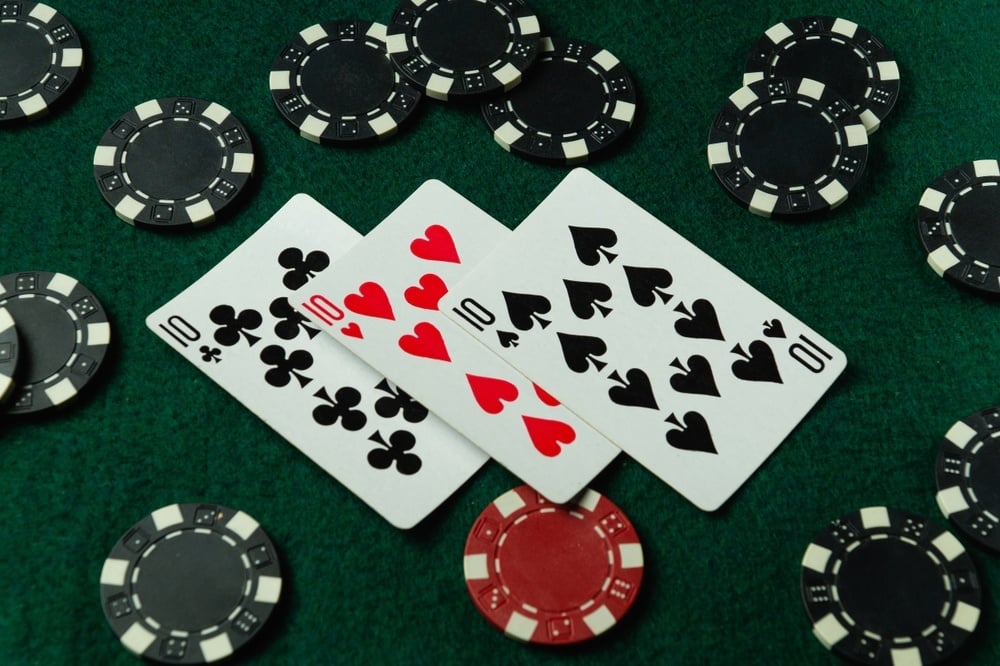
Image Credit: Nomad_Soul/Shutterstock
Why “Just Play Your Best” Feels Empty
On its own, “just play your best” is too vague to be useful. It doesn’t tell you what to focus on, how to measure success, or what to do when things inevitably start going wrong. Advice like this often gets repeated because it sounds wise, but when you actually try to apply it in a tough poker session, it leaves you stranded.
It’s unmeasurable. If you bust a tournament after hours of solid play, how do you know if you “played your best”? If you folded a marginal hand that turned out to be a winner, was that a mistake or a disciplined decision? Without clear benchmarks, “best” is just a fuzzy concept.
It’s used at the worst times. Players often hear it when they’re least able to use it—before a big final table, during a painful downswing, or after a brutal cooler. Imagine losing with pocket aces cracked by a suited connector, and your friend says, “Just play your best.” The advice may be well-intentioned, but in that moment, it feels hollow.
It ignores the mental side of the game. Poker isn’t just about strategy; it’s about execution under pressure. Your technical knowledge might be strong, but when fatigue or tilt creeps in, access to that knowledge drops. A player grinding a long online session at 2 a.m. doesn’t need to hear “just play your best.” They need to hear how to keep their B-game from sliding into their C-game.
The brain doesn’t respond to fuzziness under stress. Research shows that the mind responds to clear, specific cues under pressure. Vague instructions are almost impossible to follow when your emotions are heightened. Telling yourself “play your best” mid-downswing is like telling a marathoner at mile 20 to “just run fast.” It lacks the clarity needed to be useful.
“Just play your best” often feels like empty encouragement. It’s not that the advice is wrong; it’s that it isn’t actionable. We need to strip it down and rebuild it into something concrete to make it work.
Image Credit: Nomad_Soul/Shutterstock
Defining “Your Best” in Poker Terms
If “just play your best” is going to mean anything, you first need to define what your best looks like at the table. It isn’t about perfection. Even the best players in the world make mistakes. What matters is having a clear sense of your A-game so that you can recognize when you’re in it and slipping away from it.
Technical best: sound decisions.
On the strategy side, your best means playing in line with solid principles: choosing hands to open from each position, constructing reasonable bet sizes, thinking about ranges instead of fixating on your exact cards. You don’t need to hit solver-perfect lines to play your best, but you do need to avoid major leaks. For example, if you usually defend your big blind with the right range but suddenly start over-folding because you’re frustrated, you’ve drifted away from your best.
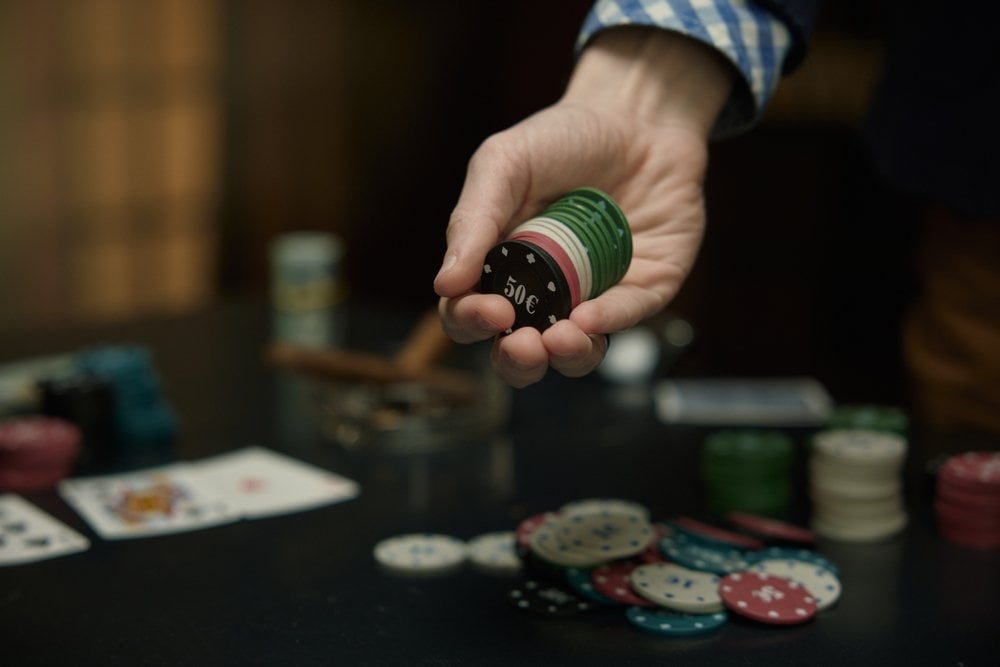
Mental best: clear, disciplined thinking.
Your best isn’t just about strategy. It’s also about maintaining emotional control. This means noticing frustration before it turns into tilt, sticking to your decision process instead of reacting impulsively, and staying mentally open even when things aren’t going well. A player who shrugs off losing with kings versus aces and calmly resets is much closer to their best than a player who lets that hand bleed into the next five orbits.
Physical best: taking care of your body.
Poker may not look physical, but your energy and alertness matter. Being well-rested, hydrated, and comfortable in your playing environment all affect decision-making. Anyone who has tried to grind an online Sunday schedule while underslept knows how quickly “just play your best” falls apart without physical readiness.
Personal benchmarks matter.
One helpful way to define your best is to think in terms of your A-game, B-game, and C-game. Your A-game might mean you’re calm, confident, and fully engaged in ranges and dynamics. Your B-game might mean you’re still solid but a bit distracted or second-guessing yourself.
Your C-game might mean you’re impatient, tilted, or playing purely on autopilot. “Playing your best” doesn’t mean being in A-game 100% of the time, but it does mean spending more time there and having strategies for catching yourself when you slide toward B or C.
Building a Pre-Session “Best Game” Routine
One of the biggest mistakes player make is expecting to show up at the poker table and automatically be at their best. That’s like an athlete stepping onto the field without warming up. In sports, routines are powerful because they create a mental bridge between everyday life and peak performance. For poker, a short pre-session routine can make the difference between drifting into your C-game and starting strong in your A-game.
Why routines matter.
The human brain loves consistency. When you do the same small sequence of actions before every session, it signals to your mind and body that it’s time to shift into performance mode. Instead of carrying stress from work, fatigue from the day, or random distractions to the felt, a pre-session routine clears the slate.
What goes into a strong routine?
Your routine doesn’t need to be long; five to ten minutes is plenty. What matters is that it addresses three areas: mental, physical, and emotional.
- Mental warm-up. Review one or two key concepts you want to apply. For example, you might decide, “Tonight I’m focusing on making disciplined folds in tough river spots,” or “I’m paying close attention to stack sizes.” Keeping your focus narrow makes it easier to evaluate your play later.
- Physical check-in. Simple actions like drinking water, adjusting your chair for good posture, or ensuring a comfortable environment prevent physical fatigue from distracting you. Online players especially benefit from this because grinding slouched over a laptop on the couch is not setting yourself up to “play your best.”
- Emotional grounding. Spend a minute on a centering exercise. That could be a few deep breaths, a brief meditation, or even writing down a reminder like “My job is to make good decisions, not to win every hand.” This step helps you anchor your mindset before the cards are in the air.
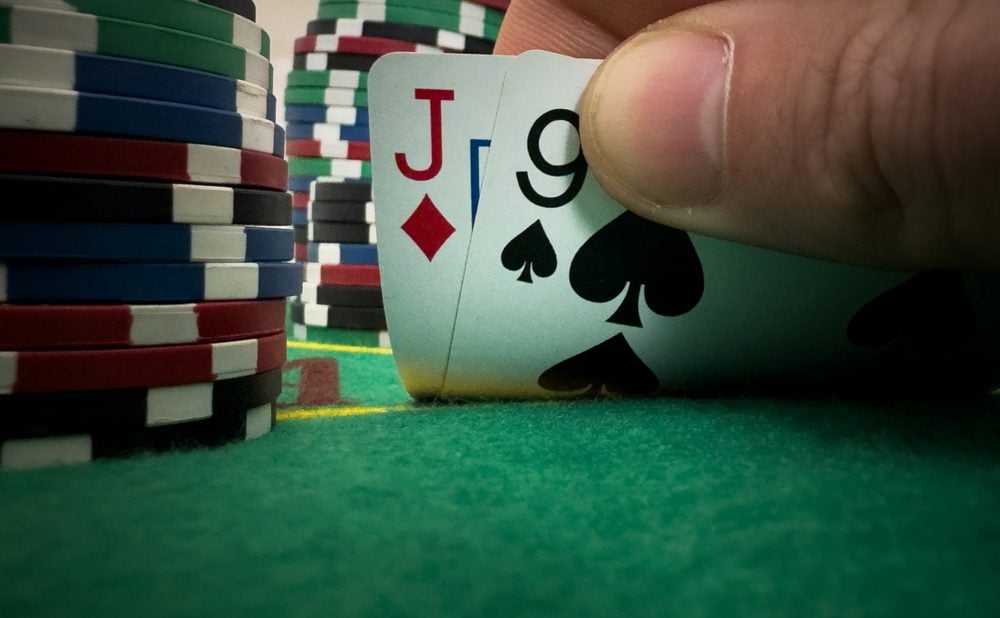
Image Credit: Nomad_Soul/Shutterstock
Image Credit: Nomad_Soul/Shutterstock
Staying in Your “Best Zone” During Play
Even with a solid pre-session routine, the real test comes once the cards are in the air. Variance, opponents, and the grind of long sessions will all challenge your A-game. Your goal isn’t to be perfect. Instead, it’s to notice when you’re slipping and use tools that help you stay anchored in your “best zone” as often as possible.
Know your markers of A-game.
Your best doesn’t feel vague once you’ve defined it. You’ll know you’re in your A-game when you feel patient, curious, and confident. You’re making decisions based on ranges and logic, not emotion. You’re engaged with the table, noticing betting patterns, and thinking a step ahead.
Compare that with your B-game, where you might be slightly distracted or second-guessing yourself, and your C-game, where frustration and autopilot take over. Awareness of these shifts is the first line of defense.
Use time as a tool.
One of the easiest ways to stay in your best zone is to simply slow down. If you’ve just lost a big hand with aces, don’t snap-act on the next one. Online, let your time bank run down before making the decision. Live, stack your chips neatly while you breathe and refocus. This pause interrupts the emotional momentum that can send you spiraling.
Reframe mistakes as data.
Every player makes mistakes. It’s part of poker. The difference is how you respond to them. Instead of berating yourself for misplaying a tricky river spot, treat it like information to be reviewed later. “That was interesting, I’ll mark it for study,” keeps you in learning mode rather than tilt mode.
Anchor yourself with questions.
When emotions creep in, redirect your focus with neutral, tactical questions:
- What is the effective stack size?
- How does this board interact with my range and theirs?
- What is the purpose of my action here?
These prompts shift your brain back into problem-solving, keeping you grounded in logic instead of emotion.

Image Credit: Nomad_Soul/Shutterstock
Turning Post-Session Reviews Into Growth
Most players close their laptops or leave the poker room as soon as a session ends. The problem is that without reflection, you miss the chance to learn from both your technical play and your mental game. A simple post-session review is one of the fastest ways to make “just play your best” a living, evolving process rather than a hollow phrase.
Review more than just hands.
Many players already review tricky spots or coolers after a session, but few review their mindset. Ask yourself: Did I stay close to my A-game most of the time? What triggered my slips into B- or C-game? How quickly did I recover? This kind of reflection builds awareness and helps you plan better responses for next time.
Create a short review routine.
It doesn’t need to be complicated. Take five to ten minutes and jot down:
- One decision you’re proud of.
- One spot you want to study further.
- One moment where your emotions pulled you off track.
Over time, this creates a log of your growth. You’ll begin to notice patterns. Maybe you tilt more in the late hours of a session, or maybe you play worse after a bad bluff gets called. Those patterns give you actionable data for improvement.
Why reviews matter.
Post-session reflection turns each session into a feedback cycle where you’re not only improving your strategy but also building mental toughness. Over time, this habit compounds, raising the standard of what “your best” looks like.
Wrapping it Up
“Just play your best” doesn’t have to be empty encouragement. When you take the time to define what your best actually looks like—technically, mentally, and physically—it becomes a roadmap you can follow. From pre-session routines that prime you to perform, to in-game resets that keep you in your A-game, to post-session reviews that turn mistakes into growth, you now have a framework for turning vague advice into tangible results.
The key is remembering that your best is not perfection. It’s showing up with focus, discipline, and self-awareness, then doing the work to protect that state for as much of your session as possible. Poker is a game of long-term decisions.
You’ll put yourself miles ahead if you can consistently bring your best version of yourself to the table—even if it’s just a little more often than your opponents. The next time someone tells you to “just play your best,” you won’t roll your eyes. You’ll know exactly what that means and have a plan for how to do it.
Title Image Credit: Nomad_Soul/Shutterstock

